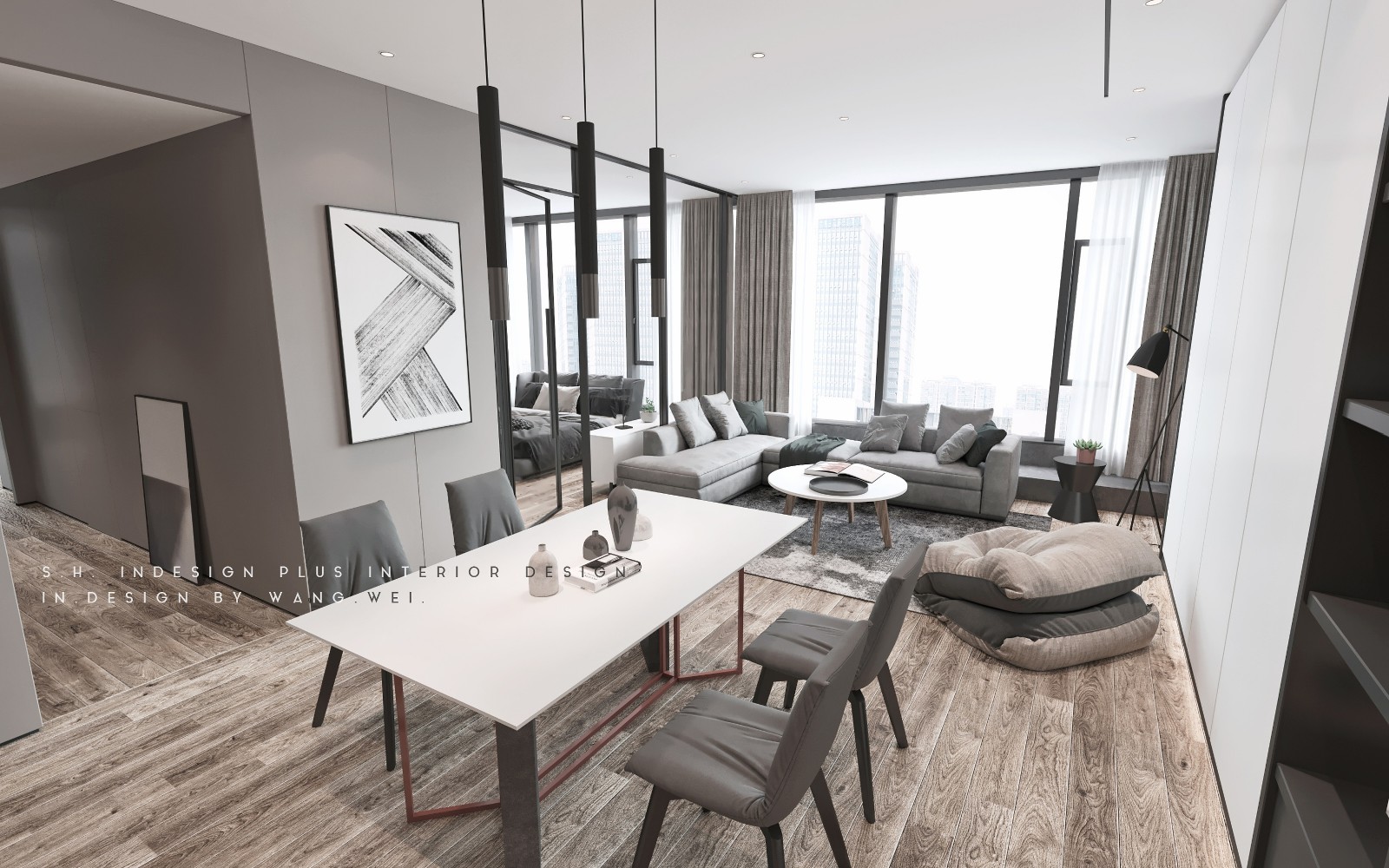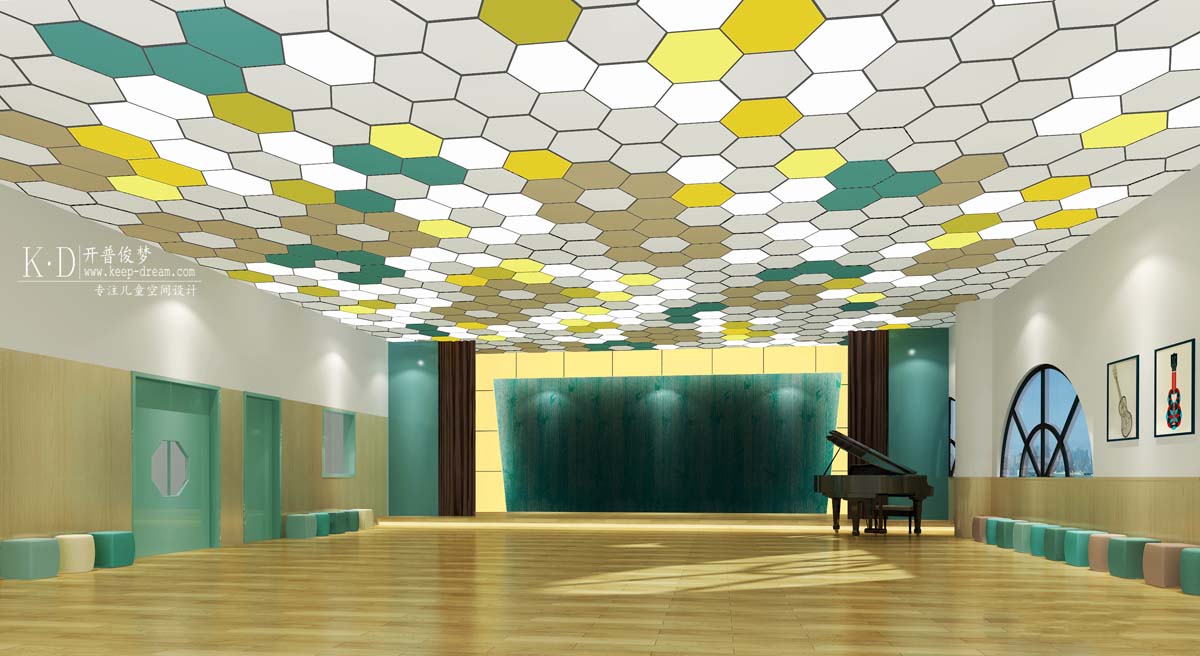Maison Stéphane Hessel JDS Architects
2016-11-17 02:00
© Julien Lanoo
朱利安·拉诺
.jpg)

建筑师提供的文字说明。在里尔的一个新的混合使用建筑的比赛中,我们的兴趣都是在它前所未有的节目和著名的三角形网站在新的PortedeValencenes的中心。简要概述了一个70摇篮的托儿所,一个200床的青年招待所,一个专门用于社会和经济创新的办公室,所有这些都是在一个统一的屋顶下收集的;即使是多功能建筑标准也是如此。我们的解决方案将有效组织与将网站的几何收缩转换为社会设施的纲领性战略结合起来,而不是简单地水平或垂直地划分,而是以交织的社会螺旋来解决看似矛盾的功能。
Text description provided by the architects. The competition for a new mixed-use building in Lille piqued our interest both in its unprecedented mixture of program and its prominent triangular site in the heart of the new district of Porte de Valenciennes. The brief outlined a 70-cradle nursery, a 200-bed youth hostel, and an office dedicated to social and economic innovations all collected under one unified roof; a tall order even by multifunctional building standards. Rather than simply dividing horizontally by level or vertically by mass, our solution combines efficient organization with a programmatic strategy that converts the geometric constrictions of the site into social amenities, and resolves the seemingly contradictory functions in an intertwined social spiral.
© Julien Lanoo
朱利安·拉诺
.jpg)

Ground Floor Plan


© Julien Lanoo
朱利安·拉诺
.jpg)

在过去的二十年里,里尔已经成为欧洲的一个中心,一个商业和国会的目的地,一个很好的学习和居住的地方,也是一个旅游的目的地。它是一个充满征服和征服的动荡历史的城市,作为一个重要的中世纪城市的遗产,后来又享有并有时遭受了法国北部工业之都的称号。
Over the past twenty years Lille has become a European hub; a destination for business and congress, a great place to study and live and also a tourist destination. It is a city with a turbulent history of conquest and reconquest, a heritage as an important medieval city and later on enjoyed and sometimes suffered the title of Northern France industrial capital.
Courtesy of JDS Architects
由JDS建筑师提供


Courtesy of JDS Architects
由JDS建筑师提供


Courtesy of JDS Architects
由JDS建筑师提供


MaisonStinheselHesel从创建城市催化剂的想法中出现,其目的是为了适应人类的三个年龄,从出生到青春期,进入成年;一个捕获人类生长阶段的体积。
The Maison Stéphane HESSEL emerges from the idea of creating an urban catalyst, designed to accommodate the three ages of mankind, from birth, through adolescence, and into adulthood; a volume that captures the stages of human growth.
© Julien Lanoo
朱利安·拉诺
.jpg)

通过将每个节目放置在三角形的一个单独的点上,我们最大限度地提高了边缘的隐私,并不断向中央倾斜,将庭院空间统一起来,成为从城市中退却的平静的修道院。建筑物的角落被提升,以邀请邻里互动,为公共活动提供空间,将建筑物的功能扩展到墙外,并有意模糊私人和公共之间的界线。
By placing each program at a separate point of the triangle, we maximize privacy at the edges with a continuous gradient of programmatic overlap towards the central, uniting courtyard space which becomes a calm cloister of retreat from the city. The corners of the building are lifted to invite neighborhood interaction and provide spaces for public activities, extending the function of the building beyond its walls and intentionally blurring the line between private and public.
© Julien Lanoo
朱利安·拉诺
.jpg)

Maison Stéphane Hessel旨在实现严格的能源效率目标,它是一项具有环境意识和对社会负责的干预措施,是对雄心勃勃的简报的回应,并提出了同样雄心勃勃的解决办法;这是一个混合结构,为使用者的生活提供便利,从托儿所到疗养院。
Designed to meet strict energy efficiency targets, the Maison Stéphane HESSEL is an environmentally conscious and socially responsible intervention which responds to an ambitious brief with an equally ambitious solution; a hybrid structure that facilitates the life of its users, from nursery to nursing home.
Courtesy of JDS Architects
由JDS建筑师提供
.jpg)

.jpg)

.jpg)

.jpg)

.jpg)

.jpg)

.jpg)

.jpg)

.jpg)

.jpg)



.jpg)

.jpg)

.jpg)

.jpg)































Architects JDS Architects
Location Lille, France
Category Mixed Use Architecture
Author Julien De Smedt
Project Leaders Kamile Malinauskaite, Renaud Pereira
Area 6.98 m2
Project Year 2016
Photographs Julien Lanoo
Manufacturers Loading...































